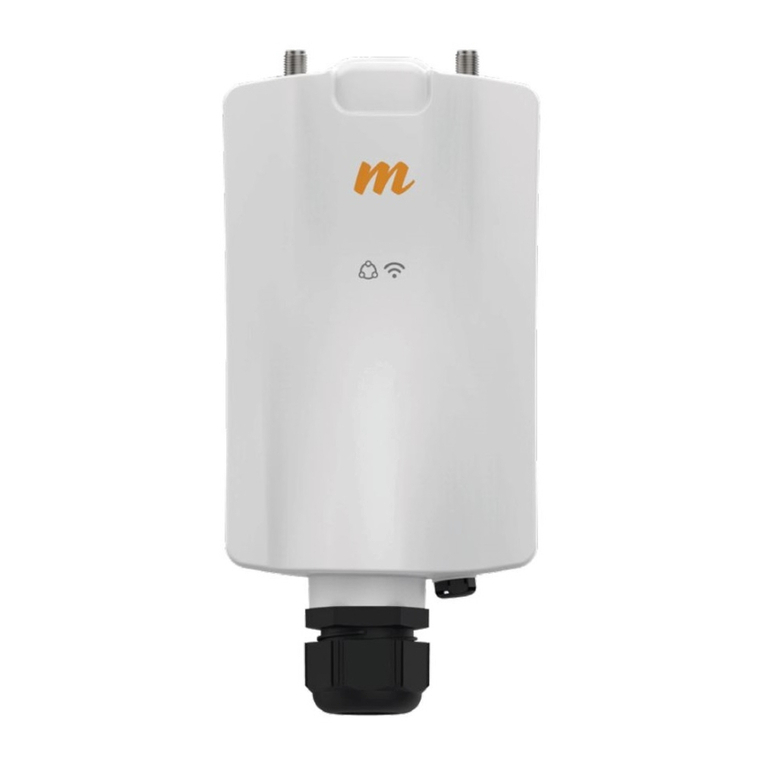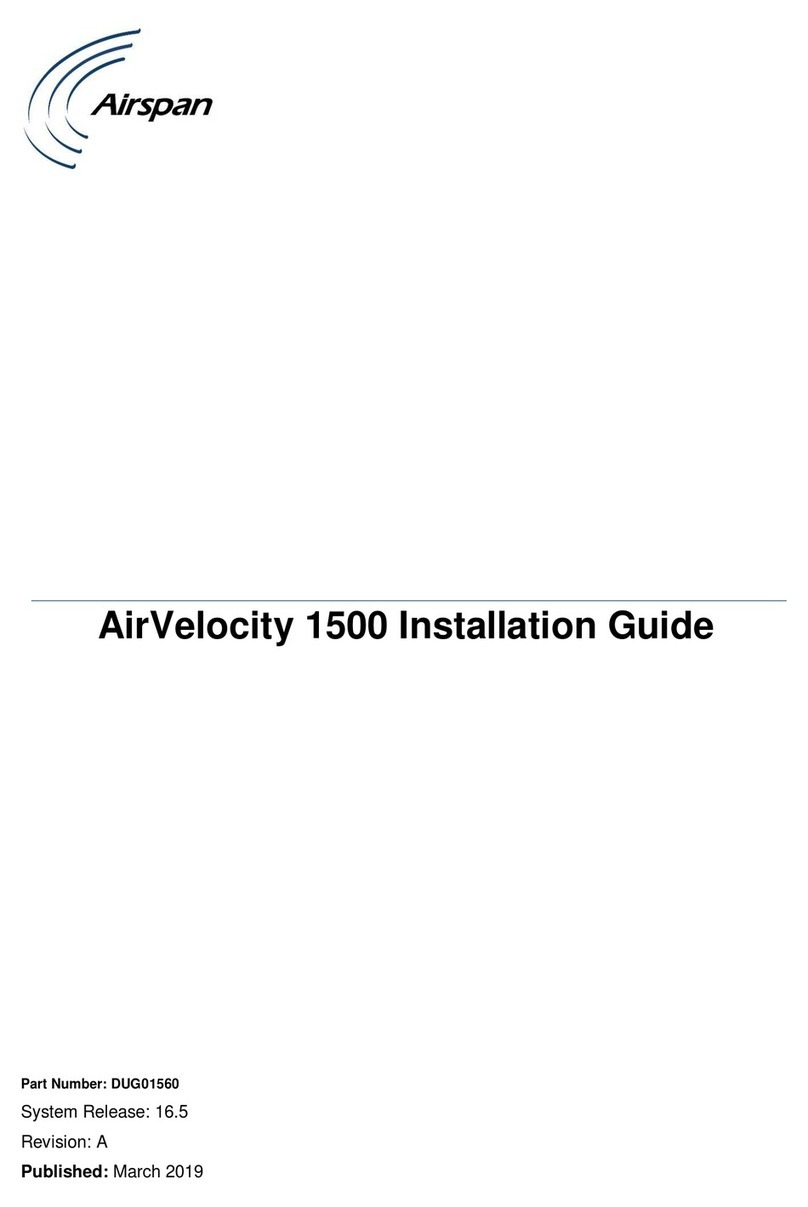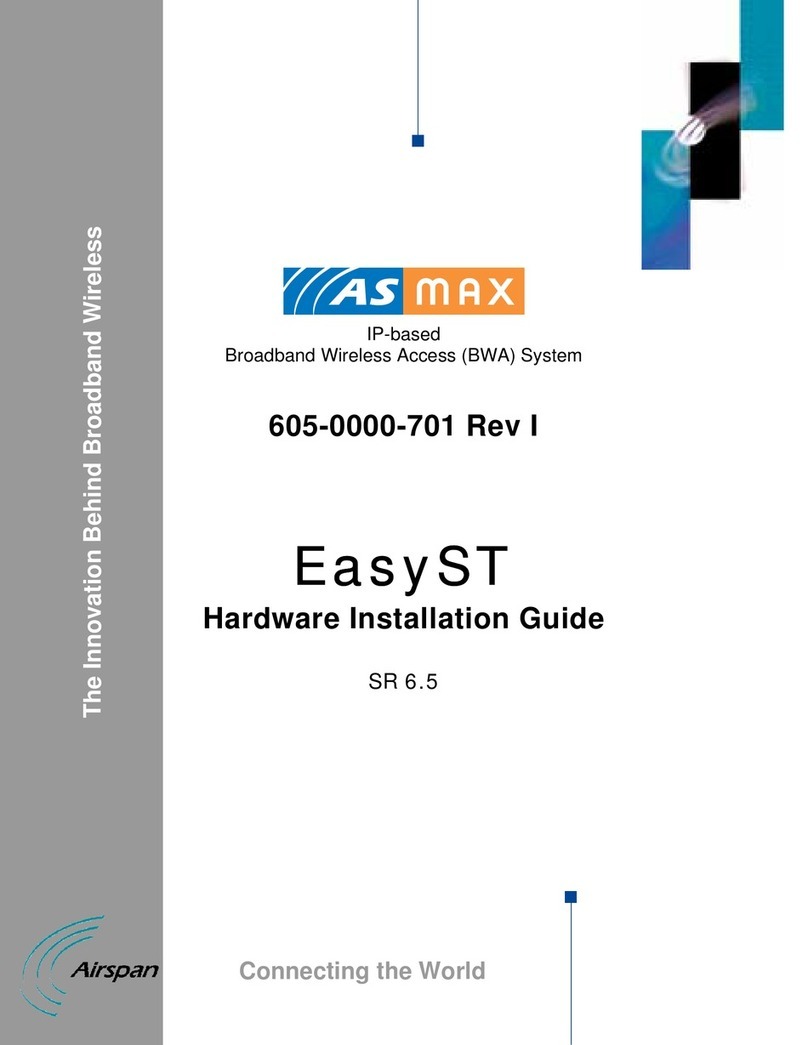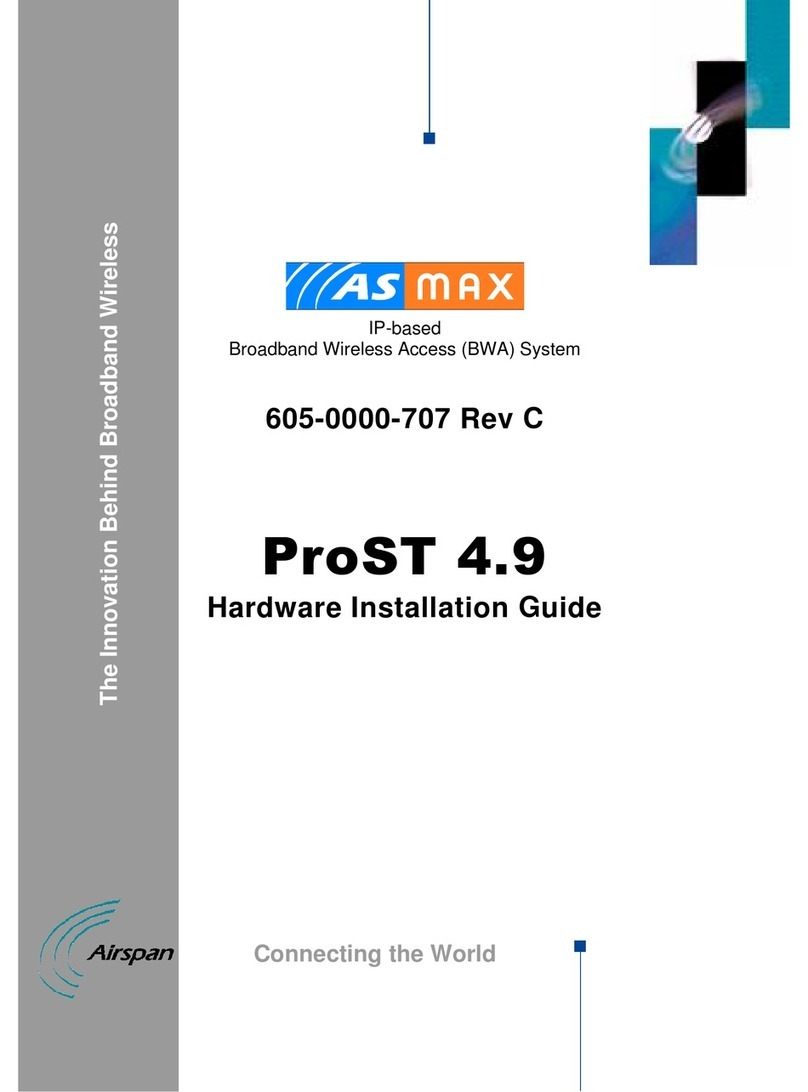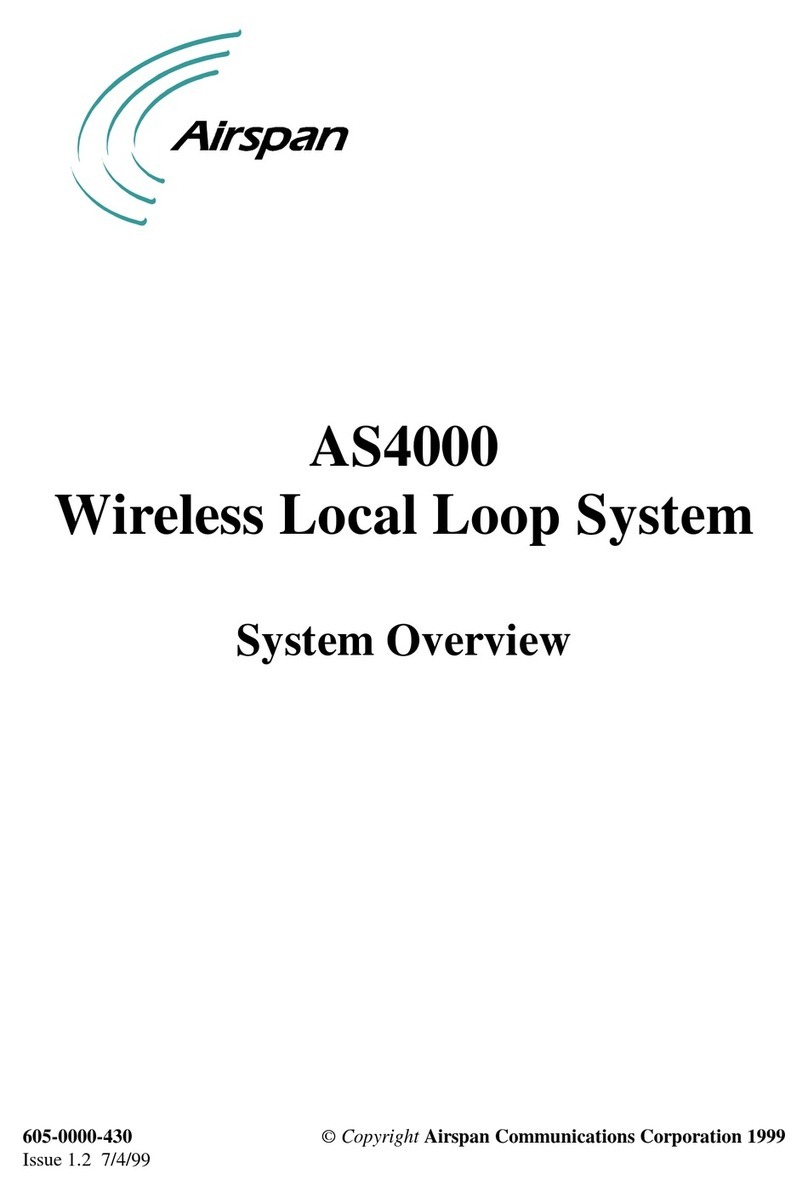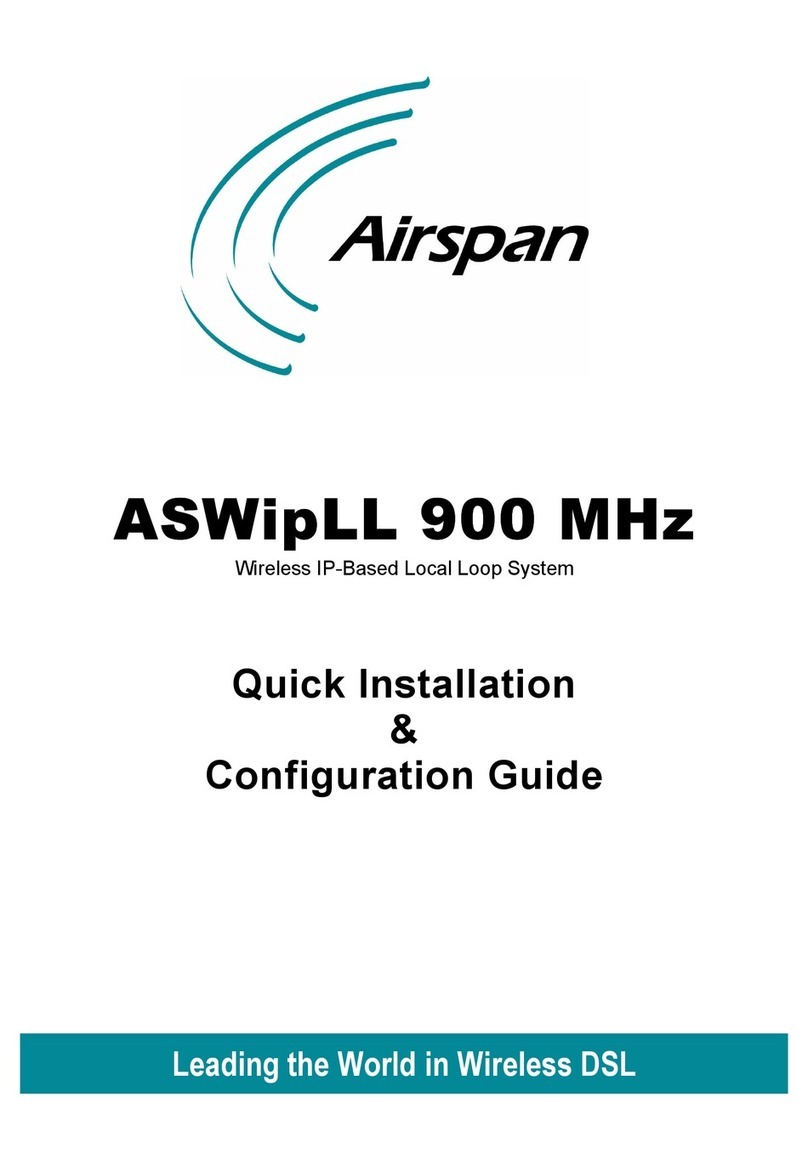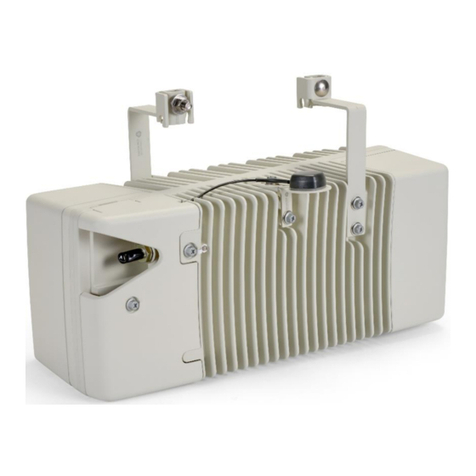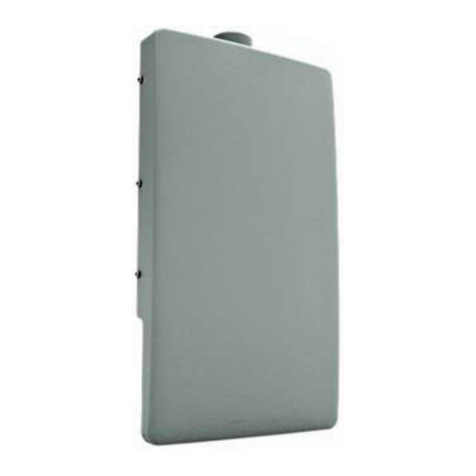Contents Hardware Installation Guide
x Airspan Networks Ltd. 02030311-05
10. Installing the IDR.................................................................................... 10-1
10.1. Overview ......................................................................................... 10-2
10.2. Physical Dimensions and Basic Design .......................................... 10-4
10.3. Mounting the IDR ............................................................................ 10-5
10.3.1. Desk Mounting.................................................................. 10-5
10.3.1.1. Vertical-Desk Mounting...................................... 10-6
10.3.1.2. Horizontal-Desk Mounting.................................. 10-7
10.3.2. Wall and Pole Mounting.................................................... 10-8
10.3.2.1. Assembling the Bracket and Hanger Plate ........ 10-8
10.3.2.2. Pole Mounting .................................................. 10-11
10.3.2.3. Wall Mounting .................................................. 10-13
10.4. Connecting a Third-Party External Antenna.................................. 10-14
10.5. Connecting to an Ethernet Network .............................................. 10-16
10.5.1. Ethernet LED Indicator ................................................... 10-18
10.6. Positioning IDR for Optimum RF Reception.................................. 10-18
10.7. Connecting to PC for Serial Configuration .................................... 10-20
10.8. Connecting Power......................................................................... 10-23
10.8.1. Power LEDs.................................................................... 10-26
A. Glossary ....................................................................................................A-1
B. Cable Crimping.........................................................................................B-1
B.1. Crimping CAT-5e Cable for 15-Pin D-Type Connectors ..................... B-2
B.1.1. Stripping the Cable...............................................................B-4
B.1.2. Crimping the Cable ..............................................................B-5
B.1.3. Inspecting the Crimped Connector....................................... B-6
B.1.4. Housing the Connector ........................................................ B-8
B.2. Crimping N-type Connectors............................................................. B-10
B.2.1. Stripping the Cable.............................................................B-10
B.2.2. Assembling the Connector .................................................B-12
B.2.3. Crimping.............................................................................B-13
B.3. Crimping GPS Cable Connectors ..................................................... B-15
